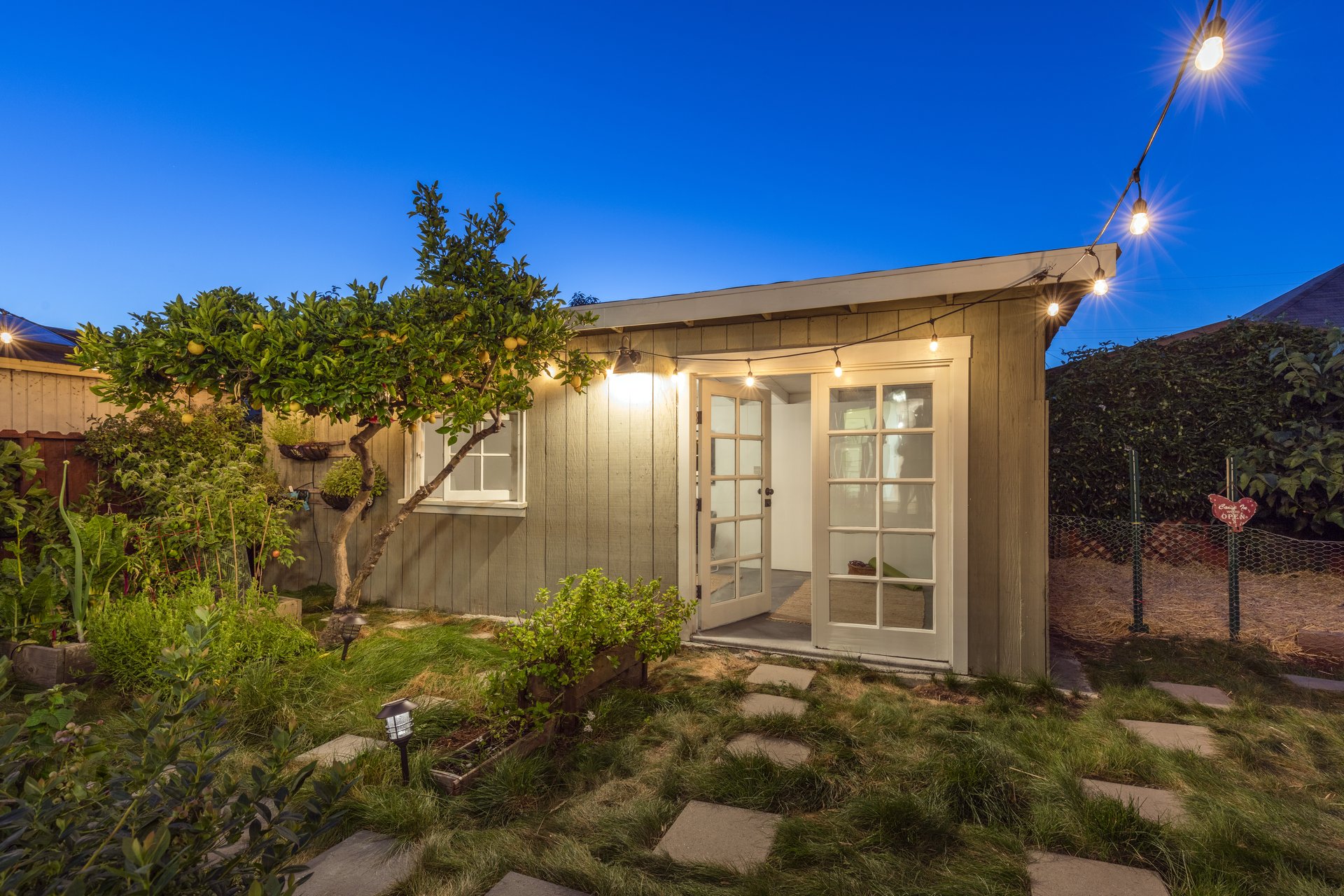
If you want to get back to basics, save money and simplify life, you may be ready to try living in a tiny house.
They’re more affordable and use less energy than conventional homes, which accounts for much of their appeal.
There’s no set definition of a “tiny” house but, generally, they’re considered to be homes of 400 square feet or less. By comparison, the average newly built U.S. home in 2020 covered 2,520 square feet, according to the National Association of Home Builders.
What follows are questions to ask yourself before committing to a tiny house.
1. Are you prepared to radically downsize?
Tiny houses are not for those who suffer from claustrophobia.
For someone accustomed to a standard-sized home, a tiny house might seem more like a storage shed than a place to live. Some garages are larger than a typical tiny house.
Not everyone is prepared to climb a ladder each night to reach the small loft that often substitutes for a bedroom in a tiny house, says Marianne Cusato, a designer and teacher who is an expert on innovative housing solutions. Some people simply aren’t cut out for tiny house living.
2. Are you willing to part with possessions?
Tiny houses are a good fit for people who find value in living with less, says Macy Miller, an architect who specializes in sustainable design.
These homes aren’t necessarily right for people who enjoy accumulating possessions.
For example, if you collect artwork, there will be little room to display it. And there will be little room for things you’ve saved for their sentimental value.
You’ll need to adjust to having in your home only things that are necessary, such as bedding, a modest amount of clothing and essential cooking utensils. Extras are likely to end up in a friend’s attic or a storage unit.
“If what brings you joy is ‘stuff,’ going tiny might not be for you because ‘stuff’ surely makes it more of a challenge,” Miller tells Money Talks News.
3. Do you have a strong need for privacy?
There isn’t much room for privacy in a tiny house, adds Miller, who lives with her partner, two children and their Great Dane in a 232-square-foot home in Idaho. There is little personal space.
Tiny house residents have to make peace with living in tight quarters
“I love it,” Miller says. “I was a single lady when I built it. Everyone has a place to lie down. We have a place to hang out and chill. We have a bathroom and a shower, so we’re good.”
4. Are you looking to save money?
One of the strongest appeals of tiny homes is that they can be inexpensive.
Building a tiny house yourself can cost between $10,000 and $60,000, according to U.S. News & World Report. Hiring a builder to create one from scratch can run up to $125,000, according to Realtor.com.
You’ll also enjoy greatly reduced utility costs in a tiny home, Dee Williams, a teacher and sustainability advocate based in Washington state, tells Money Talks News. She lived in a tiny house for about 13 years.
While tiny houses generally are inexpensive, there are exceptions. Customized tiny homes in desirable locations can be pricey — sometimes costing hundreds of thousands of dollars.
Interested in shopping? The Tiny House Marketplace lists homes for sale in a variety of sizes.
5. Do you have the correct zoning?
It’s essential to make sure you’re in compliance with zoning regulations before building or buying a tiny home.
Local building codes aren’t always kind to very small houses, Cusato tells Money Talks News. Many communities have minimum square footage requirements that exceed 400 square feet.
Some tiny homes are built on wheels so they can be moved from location to location. That may put them in conflict with local building regulations, Cusato adds.
6. Are you committed to helping the environment?
Many tiny house dwellers are trying to minimize their negative impact on the environment.
A very small house uses fewer natural resources in construction, requires less land and consumes less energy for heating and cooling.
“In my opinion, we should strive to minimize environmental impacts with everything we do, (and) housing is no different,” says Miller.
7. How small is too small?
Living small is not an all-or-nothing proposition.
For people who can’t envision living in 400 square feet or less, Cusato recommends a slightly larger dwelling that allows them to downsize more comfortably.
“Just because 400 square feet doesn’t work doesn’t mean that 600 or 700 square feet won’t,” she says. “That’s still very small, but it might be a better fit.”
Have you thought about moving into a tiny house? What did you decide to do? Tell us in a comment below or on our Facebook page.





Add a Comment
Our Policy: We welcome relevant and respectful comments in order to foster healthy and informative discussions. All other comments may be removed. Comments with links are automatically held for moderation.